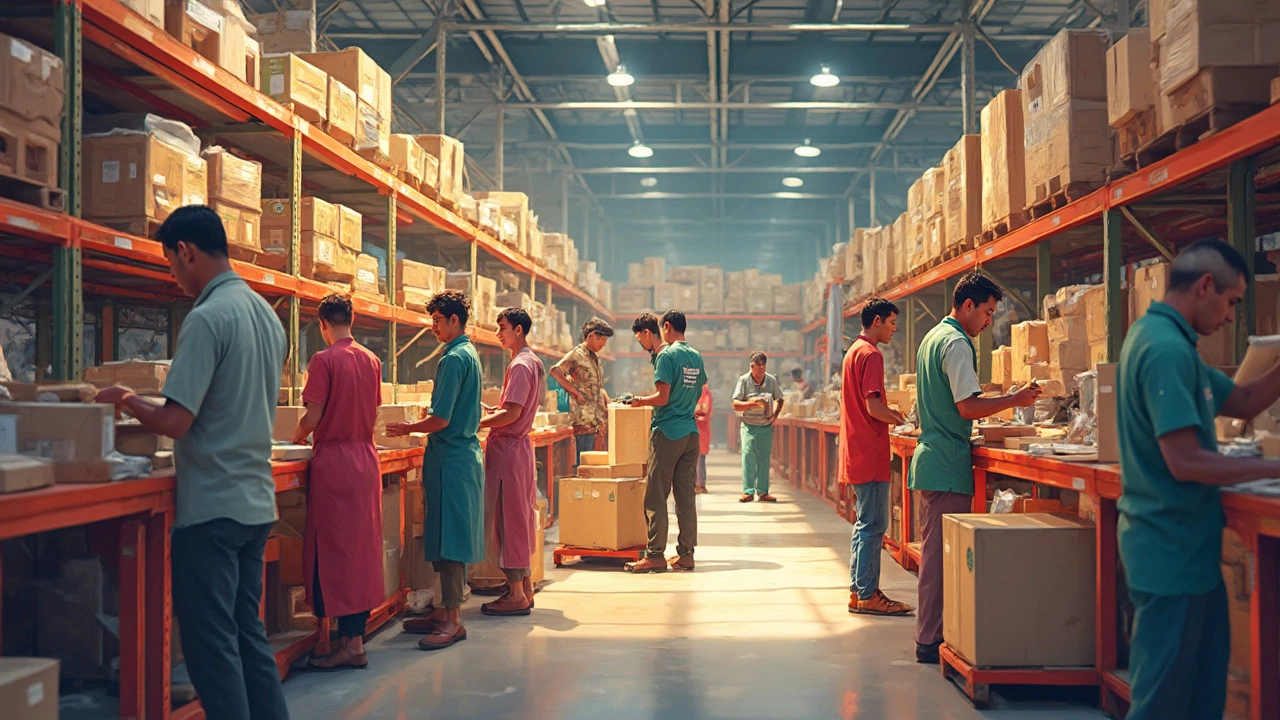Dropshipping Explained: Fast, Cheap, and Stress‑Free Shipping
Ever wondered why some online stores never keep inventory on hand? That's dropshipping in a nutshell – the seller lists products, a supplier stores them, and when a customer orders, the supplier ships directly to the buyer. No warehouse, no packing hassle, and you only pay for what you sell.
How Dropshipping Saves You Money
First off, you skip the big upfront cost of buying stock. Instead of tying up cash in a warehouse, you use that money to market your store or improve your website. Because the supplier handles packaging, you also avoid buying boxes, tape, and other packing supplies.
Second, you cut down on storage fees. Many suppliers charge a tiny monthly fee per SKU, which is far cheaper than renting a storage unit. This means even a small startup can sell dozens of products without ever seeing a pallet.
Third, you reduce the risk of unsold inventory. If a product doesn’t move, you simply stop listing it – there’s no leftover stock to write off. That flexibility lets you test new items quickly and pivot when trends shift.
Choosing the Right Courier for Dropshipping
While the supplier ships the item, you still need to decide which courier will deliver it. Your choice impacts delivery speed, cost, and customer satisfaction. Here are three quick checks:
- Price vs. Speed: If most of your customers expect 3‑5 day delivery, a standard parcel service like India Post or a regional courier can keep costs low. For premium buyers who want next‑day service, look at express carriers such as DHL or FedEx.
- Tracking Transparency: Customers love a tracking number they can actually use. Pick couriers that integrate easily with your e‑commerce platform and send automated updates.
- Coverage Area: Make sure the carrier reaches every region you sell to. Some couriers have blind spots in remote villages; a backup option can save you from angry complaints.
Another tip: negotiate bulk rates with the courier if you expect high order volumes. Even a small discount per package adds up fast.
Finally, remember that dropshipping isn’t just about cheap shipping – it’s about a seamless experience for the buyer. Communicate realistic delivery times on product pages, set clear return policies, and keep an eye on carrier performance. If a courier starts missing deadlines, switch before it hurts your reputation.
In short, dropshipping lets you start an online store without a warehouse, but you still need to master the logistics side. Pick a reliable supplier, choose a courier that matches your delivery promise, and keep an eye on costs. Follow these basics, and you’ll be able to focus on growing traffic and sales instead of wrestling with inventory.
Got a specific dropshipping question? Drop it in the comments and we’ll dive into the details together.
